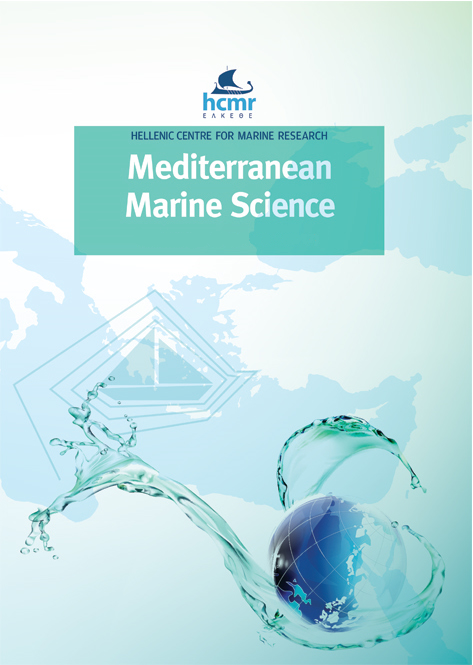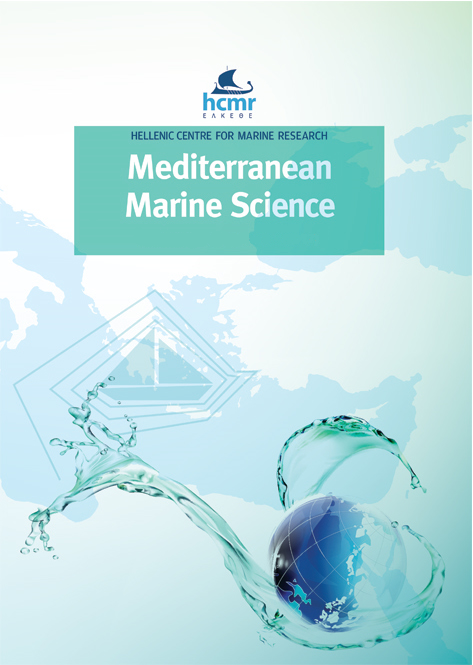Surprising widespread Cymodocea nodosa occurrence along Israel’s Mediterranean coast and Implications for Seagrass Conservation in a hotspot of climate change

Аннотация
Cymodocea nodosa is a temperate seagrass that grows in shallow and sheltered waters of the Mediterranean Sea. Although it is found in both the western and eastern basins, it was thought to be absent from the extremely warm and salty waters along the Israeli coastline, the most eastern part of the Mediterranean. We conducted methodical, seasonal, towed-diver surveys along the Mediterranean coast of Israel, recording position, depth, presence/absence of C. nodosa, seabed characteristics, and habitat complexity. We used general additive models (GAMs) to understand how the combination of depth, latitude (space), and season (time), explained the distribution of local meadows. We then compared the habitat affinity of these Israeli meadows with other sites in the Eastern Mediterranean by conducting a systematic literature review and using Species Distribution Models (SDMs). Underwater surveys unveiled the extensive distribution of C. nodosa over a narrow depth range of 8-21m (with peak occurrence at 14m) in exposed habitats. These locations are distinct from other Eastern Mediterranean populations, in which C. nodosa is found in shallower and sheltered habitats. SDMs confirmed the increase in the geographical range also reflects an increase in realized niche breadth into higher values of temperatures, salinity, and current velocity. Considering that the eastern tip of the Mediterranean is a climate change hotspot, finding C. nodosa populations surviving these harsh conditions holds implications for seagrass conservation and restoration in the entire Mediterranean. However, the low density of observed meadows suggests that these populations require careful monitoring to prevent local extirpation.
Article Details
- Как цитировать
-
HEPNER UCKΟ O., ARLÉ, E., MALAMUD, S., WINTERS, G., & BELMAKER, J. (2024). Surprising widespread Cymodocea nodosa occurrence along Israel’s Mediterranean coast and Implications for Seagrass Conservation in a hotspot of climate change. Mediterranean Marine Science, 25(2), 500–510. https://doi.org/10.12681/mms.36597
- Раздел
- Research Article
Authors who publish with this journal agree to the following terms:
- Authors retain copyright and grant the journal right of first publication with the work simultaneously licensed under a Creative Commons Attribution Non-Commercial License that allows others to share the work with an acknowledgement of the work's authorship and initial publication in this journal.
- Authors are able to enter into separate, additional contractual arrangements for the non-exclusive distribution of the journal's published version of the work (e.g. post it to an institutional repository or publish it in a book), with an acknowledgement of its initial publication in this journal.
- Authors are permitted and encouraged to post their work online (preferably in institutional repositories or on their website) prior to and during the submission process, as it can lead to productive exchanges, as well as earlier and greater citation of published work (See The Effect of Open Access).





